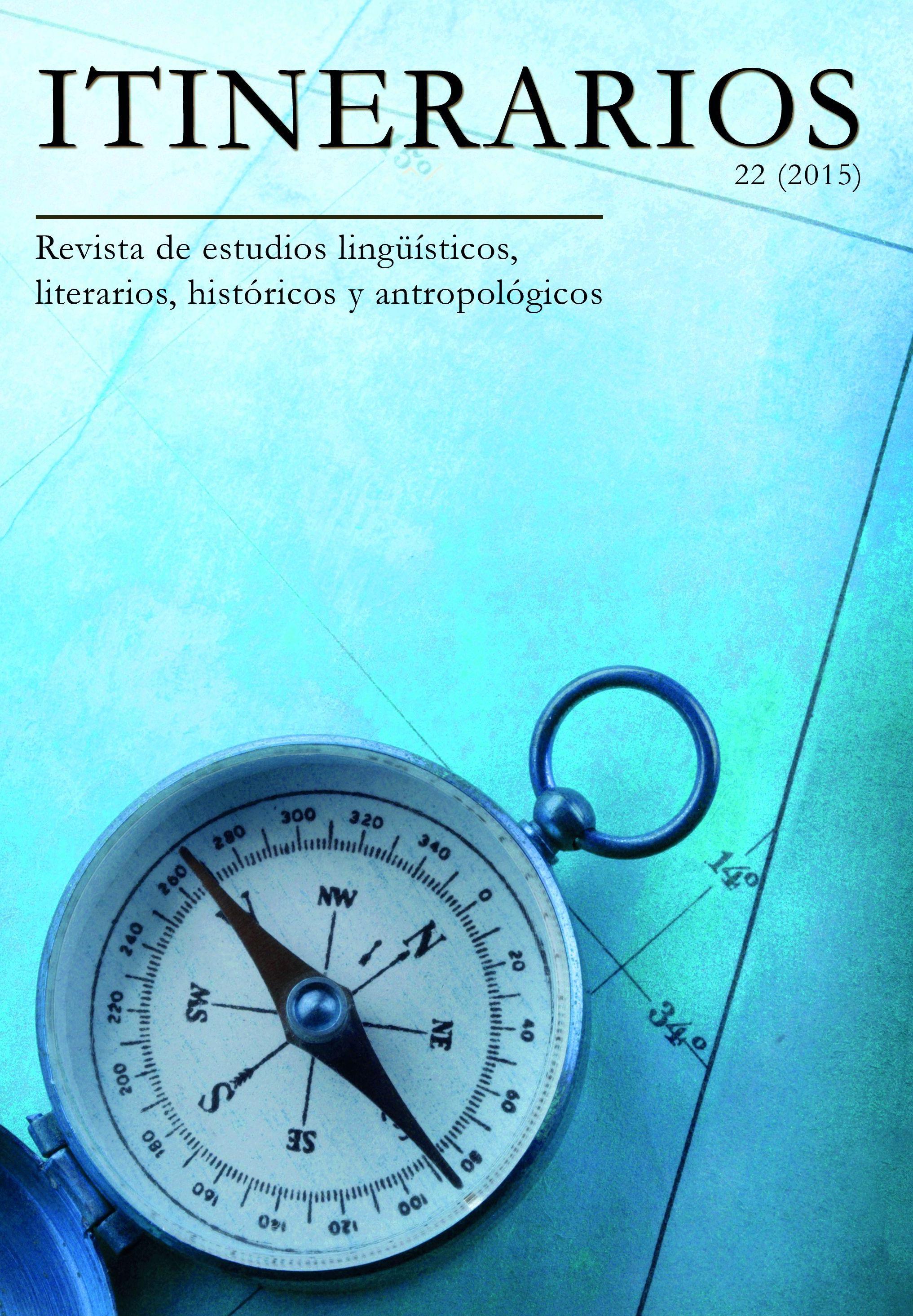El aspecto linguoculturológico de los nombres de los colores en las unidades fraseológicas españolas
The Linguoculturological Aspect of Colors Names in Spanish Phraseological Units
Author(s): Maciej Paweł JaskotSubject(s): Language and Literature Studies
Published by: Instytut Studiów Iberyjskich i Iberoamerykańskich, Wydział Neofilologii, Uniwersytet Warszawski
Keywords: linguoculturology; phraseology; color; cultureme; image of the world
Summary/Abstract: Each language is anthropocentric and constitutes a link between man and culture verbalizing theoretical, practical and cultural knowledge acquired by man when it comes to conceptualizing the world. In the context of an anthropocentric paradigm of science, cultural linguistics is particularly important, since it investigates the problem of the relationship and interaction between language and culture. The reflection of the world (of objective reality) in human consciousness, in linguistics is represented by the relations between a conceptual and a linguistic vision of the world. The color turns out to be a universal category, although in each linguistic community retains its own specificity. The number of “basic” colors in each culture may be different. These “basic” colors form a picture of the world “in color”, which is part of the linguistic image of the world. This worldview “in different colors” is based on the characteristics of color perception in a particular culture, reflecting at the same time individual conceptualization of each of the members of a linguistic community. In the article a lingoculturological analysis of Spanish phraseological units containing the color semantic element is presented. These “colorful units” are a significant phenomenon of Spanish culture reflected in the language and present particular nuances of the idiosyncrasies of Spain.
Journal: Itinerarios
- Issue Year: 2015
- Issue No: 22
- Page Range: 35-48
- Page Count: 14
- Language: Spanish

